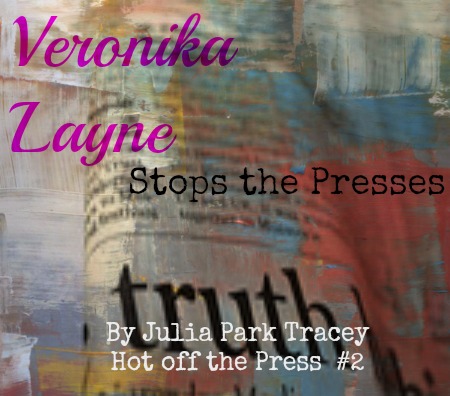plastic
-
Trash and the Single Female
I’m not a single female. Happily married, see? (waggles ring finger.) But I’m the only female in this house. So why am I head-down in the trash can? How did taking out the garbage become a gendered job? Should I feel like I’m doing the gentlemen (Mr Husband and The Boy) a big fat favor when I’m taking out the trash? Should I get annoyed when it’s still sitting here in the kitchen? Who died and made me the Boss of Everything? Uh. No one. Of course, I wouldn’t be alone in thinking that taking out the trash is the man’s job. Check out these marriage experts, and this one,…
- garden, gratitude, green, Green House, House, My Little Country Cottage, My World and Welcome to It, plastic, river, sustainable living
progress and purpose
We’ve been busy at the Green House these days, painting with my Freecycled paint, or paint I purchased at the Habitat for Humanity ReStore, which sells rescued building materials. I look forward to painting our living room walls some interesting shades of green/sage, but they’re still working on the ceiling. Here’s what the living room ceiling looks like (
-
judge not, and hot water
I’m back at my post after five days in the redwoods, where our little green house sits. This is the house we just bought, using bubble gum, baling wire, rolls of pennies and our winsome smiles. I’ve been masterminding its renovation, getting inspections and starting to paint, buying things like beams and plaster-patching mesh and oddments from the hardware department. I had to buy a Simpson Strong Tie item with no name, just a number, to hold a large truss and joist in place. I had to buy four of them, in fact, and the one place was out of them and I had to go elsewhere and ask for it…
-
deep thoughts
So this is it — 30 days without plastic. What’s the conclusion? I conclude that it is extremely difficult to live without plastic in today’s consumer world. I conclude that avoiding plastic takes wits — paying attention — and the wisdom to know the difference between Good (usable, reusable and recyclable) and Bad (one-use Saran-wrap or Baggies, plastic film wrap for “hygiene,” or personal use items like tampons or plastic bottles for water, etc). Good and Bad plastic are always present; it’s how you choose. I conclude that when I opened my eyes to items I use every day that are made from plastic, it wasn’t all that tough to find a…
-
boxes, bells and whistles
Every day is a challenge when you’re trying to avoid plastic. Every. Single. Day. Plastic is so ubiquitous in our lives that it’s hard to really see it all — it attaches itself to products like static cling, and is almost as hard to get rid of. At the beginning of the month I took everything plastic-bag-like back to the grocery store bin for recycling (these are bins near the front door of most grocery stores, where you can recycle your plastic grocery bags). I put other plastic bags in with the grocery bags — from other stores, plus other types of plastic wrap, baggies, etc. I figure I can…





